← retour Santé tropicale
Accès aux sites pays ![]()
![]() BENIN
BENIN![]() BURKINA FASO
BURKINA FASO![]() CAMEROUN
CAMEROUN![]() CENTRAFRIQUE
CENTRAFRIQUE![]() CONGO
CONGO![]() COTE D'IVOIRE
COTE D'IVOIRE![]() GABON
GABON
![]() GUINEE
GUINEE![]() MADAGASCAR
MADAGASCAR![]() MALI
MALI![]() R.D. CONGO
R.D. CONGO![]() SENEGAL
SENEGAL![]() TOGO
TOGO
← retour Santé tropicale
Accès aux sites pays ![]()
![]() BENIN
BENIN![]() BURKINA FASO
BURKINA FASO![]() CAMEROUN
CAMEROUN![]() CENTRAFRIQUE
CENTRAFRIQUE![]() CONGO
CONGO![]() COTE D'IVOIRE
COTE D'IVOIRE![]() GABON
GABON
![]() GUINEE
GUINEE![]() MADAGASCAR
MADAGASCAR![]() MALI
MALI![]() R.D. CONGO
R.D. CONGO![]() SENEGAL
SENEGAL![]() TOGO
TOGO

Publié dans Médecine d'Afrique Noire 6310 - Octobre 2016 - pages 491-500
 Péricardite liquidienne observée chez l’adulte drépanocytaire homozygote à l’hôpital général de Loandjili (Pointe-Noire Congo). A propos de cinq cas
Péricardite liquidienne observée chez l’adulte drépanocytaire homozygote à l’hôpital général de Loandjili (Pointe-Noire Congo). A propos de cinq casAuteurs : A.M. Bani, D. Moukassa, F. Ntsiba, C.A. Loemba-Mavoungou, F. Bossali, N.D. Tchiloemba, C. Makele, Boungou Kimpolo, L.H. Atanda - Congo-Brazzaville
La péricardite liquidienne du drépanocytaire homozygote présente des particularités.
Objectif : Déterminer les aspects cliniques, biologiques et thérapeutiques de la péricardite liquidienne chez le drépanocytaire homozygote dans notre contexte de travail.
Patients et méthode : Il s’est agi d’une étude descriptive, transversale et uni variée réalisée dans le service de cardiologie de l’hôpital général de Loandjili entre avril 2013 et mai 2014 (soit 13 mois) concernant les patients drépanocytaires homozygotes hospitalisés pour une péricardite liquidienne.
Résultats : Quatorze patients étaient hospitalisés pour péricardite liquidienne, dont 5 étaient drépanocytaires homozygotes, soit une fréquence relative de 35,7%. L’âge moyen était de 24,2 ± 5 ans avec des extrêmes de 19-30 ans dont 4 hommes et 1 femme. Les douleurs thoraciques étaient chez 5 patients, la dyspnée d’effort chez 5 patients, la fièvre chez 4 patients, la toux sèche chez 1 patient. L’asthénie physique était retrouvée chez 5 patients. La tachycardie régulière et la pâleur conjonctivale étaient chez 5 patients. Un patient présentait un ictère conjonctival. La tension artérielle basse était retrouvée chez 5 patients. Un patient présentait une adénopathie cervicale. L’hépato-splénomégalie était observée chez 2 patients, et un ulcère de jambe existait chez 1 patient. La cardiomégalie était retrouvée chez tous les patients. Le rapport cardio-thoracique moyen était de 73 ± 5,43% avec des extrêmes de 70 à 81%. Tous les patients présentaient une anémie et l’hémoglobine moyenne était de 7,62 &plus 1,94 g/dl avec des extrêmes de 4,3 à 9,3 g/dl. Trois patients présentaient une hyperleucocytose. La leucopénie était chez 1 patient. Un patient était séropositif à VIH. Le test tuberculinique était phlycténulaire chez un patient. Tous les patients avaient un épanchement péricardique. Le diamètre moyen du décollement péricardique était de 36,4 ± 10,31 mm avec des extrêmes de 23,4 à 52,4 mm. Tous les patients avaient reçu un culot globulaire, des anti-inflammatoires non-stéroïdiens, de l’acide folique et des anti-sécrétoires. Un patient était sous antituberculeux. Deux patients étaient sous triple antibiothérapie synergique. Un patient était sous traitement anti-rétroviral. Le traitement anti-comitial était prescrit chez 2 patients. Les étiologies étaient virales, bacillaires et purulente. L’évolution était émaillée de complications mortelles.
Conclusion : La péricardite liquidienne chez le drépanocytaire est grave. Les complications hématologiques, neurologiques, digestives et cardiaques majorent la mortalité.
Fluid pericarditis of the sickle cell homozygous features present.
Objective: To determine biological, clinical and therapeutics aspects of fluid pericarditis in the sickle cell homozygous in our context of work.
Patients and methods: It was a descriptive, cross-sectional and univariate study carried out in the cardiology unit of the general hospital of Loandjili between April 2013 and May 2014 (13 months) regarding patients with homozygous sickle cell anemia hospitalized for fluid pericarditis.
Results: Fourteen patients were hospitalized for fluid pericarditis of which 5 were homozygous sickle cell anemia, either a relative frequency of 37.7%. The average age was 24.2 ± 5 years with extremes of 19 to 30 years. There were 4 men and 1 woman. Pain chest was found in 5 patients, the dyspnea on exertion in 5 patients, fever in 4 patients, cough dry in 1 patient and physical asthenia in 5 patients. Regular tachycardia and conjunctival pallor were in 5 patients. A patient presented conjunctival icterus. A low blood pressure was found in 5 patients. A patient presented a cervical lymphadenopathy. The hepato-splenomegaly was observed in 2 patients, and leg ulcers in 1 patient. All patients had a cardiomegaly. The average cardio-thoracic ratio was of 73 ± 5.43% with extremes of 70 to 81%. All patients had anemia and hemoglobin average was of 7.62 ± 1.94 g/dl with extremes of 4.3 to 9.3 g/dl. Three patients presented a leukocytosis and 1 patient had a leukopenia. A patient was HIV seropositive. The tuberculin test was phlyctenular in 1 patient. All patients had pericardial effusion. The average diameter of the pericardial detachment was 36.4 ± 10.31 mm with extremes of 23.4 to 52.4 mm. All patients received from red blood cells, no steroidal anti-inflammatory drugs, folic acid and antisecretory drugs. A patient was under anti TB. Two patients were on triple synergetic antibiotics. One patient was hat an anti-retroviral treatment. Anti-epileptic treatment was prescribed for two patients. Etiologies were viral, bacillary and purulent. Evolution was punctuated with fatal complications.
Conclusion: Fluid pericarditis in the homozygous sickle cell is serious. Hematological, neurological, digestive and cardiac complications increase mortality.
Cet article est actuellement coté ![]() (3,0 étoiles) par les abonnés de Médecine d'Afrique Noire.
(3,0 étoiles) par les abonnés de Médecine d'Afrique Noire.
Il a été consulté 3544 fois, téléchargé 42 fois et évalué 4 fois.
1 commentaire a été posté à propos de cet article
Restez informés : recevez, chaque mercredi, la lettre d'informations de Santé tropicale. Inscriptions
Ce contenu gratuit vous est destiné :
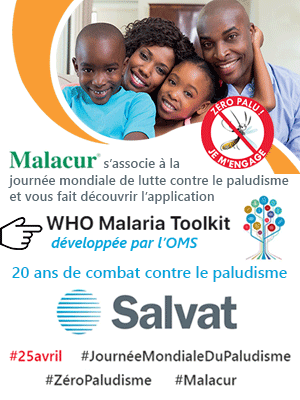
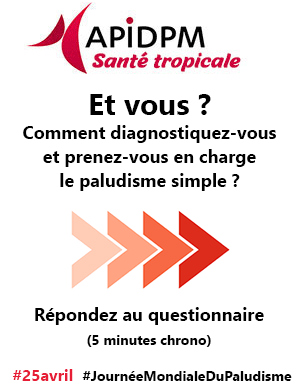
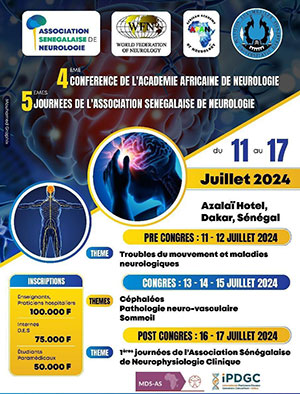

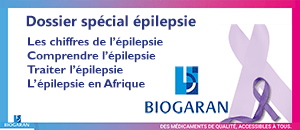

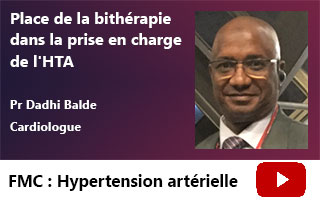


![]() Adresse
Adresse
![]() Téléphone
Téléphone
![]() Contactez-nous
Contactez-nous
Actualités
Articles médicaux